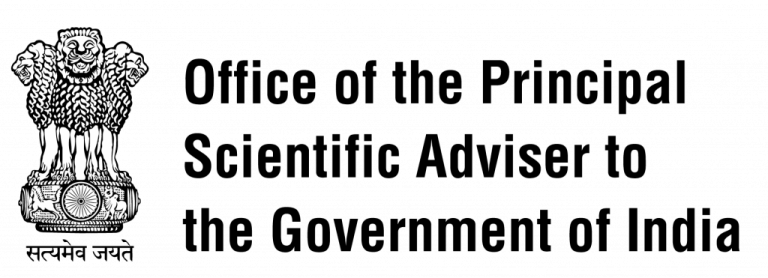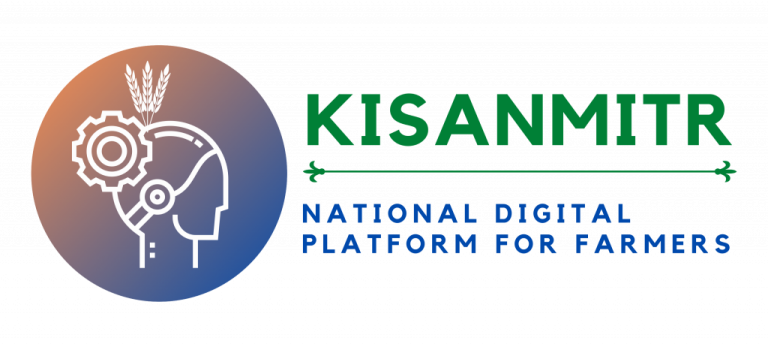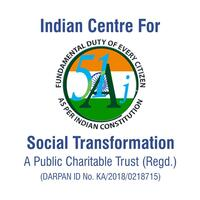
All-Weather Crop Health Monitoring
Satyukt
Stage of adaption :
Cultivation Stage
TECHNOLOGY BRIEF
Satellites make earth-observation from orbit and provide the data at regular intervals in different spatio-temporal resolutions. The data comprises signals sent by crops, soil, water and more, at different wavelengths of light. The data can be used to estimate agro-hydrological variables such as vegetation indices (viz. NDVI, EVI, etc.,) which provides insights into growth and health of crops. The satellite estimated data enables agronomists and farmers to see stressed crops in a field up to two weeks before the human eye could detect.
Satyukt has considered various earth-observation satellite constellations available today and has developed scalable algorithms as a solution. The algorithms combine multi-satellite imagery, and leverage big data analytics, and physical and machine learning algorithms to estimate real-time, finer, and high frequency of data at the desired scale across the globe in different climatic conditions. Satyukt uses microwave sensor data when there is cloud cover over the area to fill the gaps created by optical sensors data as they are susceptible to clouds. The algorithms have been published in peer-reviewed international journals. Satyukt has tested the algorithms across the globe viz. India, USA, UK, Australia, New Zealand, and Spain.
BENEFITS
The significance of satellite-based crop health data for monitoring:
- Drought warning in real-time.
- Vegetation indices data helps to find problems, saves time by providing remotely accessible data, hence farmers can go straight to the source of the problem without disturbing healthy crops to ground-truthing.
- Farmers can identify non-performing areas or arid conditions sooner or detect crop variability within their farms and make quick decisions according to the needs of the crops.
- Farmers can visualize the health of the crops by sitting at home or in remote locations.
- Once issues are identified growers can take necessary decisions where needed and save money and resources and improve crop yield.
- Farmers can make better decisions on when to harvest to ensure good grain quality for high market value. Harvesting too early will cause a higher percentage of unfilled or immature grains, which will lower the yield and cause higher grain breakage during harvesting. Harvesting too late will lead to excessive losses.
TECHNOLOGY READINESS
Test marketing completed
INTELLECTUAL PROPERTY
Technology Not Protected
CERTIFICATION
Not Applicable
We would like to add that our products are being used by premier institutes of India (IISc Bangalore, IIT Kharagpur) and abroad (CNRS, France and CEH, UK).
TARGET CUSTOMERS
Target market customers are as following:
• Irrigation companies such as micro/ smart irrigation systems and more.
• Agri-input companies such as seed, pesticides, fertilizers and more
• Agro-advisory companies
• Post-harvest companies – Logistics, Distribution & Warehousing, Commodity Traders
• Agri-output processing companies
• Agri equipment/machinery companies
• Food Companies – FMCG, Modern Retail, Convenience Food Chains, Cash & Carry
• Govt. Agriculture Departments
• Crop insurance companies
• Insurance/reinsurance brokers
• Flood insurance companies
SCALABILITY
Satyukt has developed scalable algorithms by considering the various available earth-observation satellite constellations today to provide real-time data at the desired scale such as farm/regional. The algorithms have been built on scalable architecture and can provide scalable solutions across the globe in different climatic conditions. The algorithms combine and process multi-satellite data to deliver the agro-hydrological variables for over a million farms on daily frequency without compromising on end-user experience. The output of the algorithms is far superior both in terms of accuracy in comparison to the traditional ones developed based only on the AI/ML as they do not work in areas other than the testing region.
The algorithms data have been tested in several parts of India and across the globe viz. USA, UK, Australia, New Zealand, Spain and work very well in heterogeneous (higher variability in soil, crop, and farming practices) conditions. We feel that space-based data can add value to the decision making in data-sparse and heterogeneous regions.
Space organizations (e.g. ISRO, European Space Agency, NASA, and more) across the globe have launched various earth-observation satellites which revolve around earth from orbit for monitoring the earth’s features and changes and provide the different spatio-temporal resolutions raw data which are open source. The raw satellite data must be processed, analyzed, and interpreted according to the need of information of farmers and agribusiness stakeholders.
At Satyukt, we have the expertise and computation power to provide affordable data across the globe by leveraging advances in satellites, physical, machine learning, and in-house built scalable algorithms.
In India, we have tested in most of the states and have delivered various projects in Kerala, Tamil Nadu, Andhra Pradesh, Telangana, Karnataka, Maharashtra, Gujarat, Rajasthan, Madhya Pradesh, Odisha, and West Bengal and have provided sample data for Haryana, Punjab, Chhattisgarh, Bihar, Uttar Pradesh, and Jharkhand.
LIMITATIONS
Currently, the limiting factor is the need to adapt content to vernacular languages to provide information to the farmers. However, solutions are available to quickly convert the information/advisory in the vernacular language.
TECHNOLOGY COST
Depending upon the total subscription area, unit cost varies from 60 INR/month/ha to 5 INR/month/ha.
SOCIAL IMPACT
An earth-observation satellite provides the greatest value in its ability to record a sequence of images to monitor earth features. Satellite data comprises signals sent by crops, soil, water, and more, at different wavelengths of light. Processing satellite images can let us know if any object is facing any problems because of the change in climate and weather. With satellite captured data, one can estimate variables like health and growth of the crop, crop water stress/requirement/usage, and likely crop yield and more. With these data at their fingertips, farmers/stakeholders can put favorable management techniques in place to minimize the inputs, maximize the outputs, and eliminate waste.
Small and marginal farmers with less than two hectares of land account for 86.2% of all farmers in India and cannot afford to install IoT sensors/fly drones to carry out farm management works or get insights of crops, weather, water, soil and more to make optimal decisions to improve the yield. Other limitations of sensors are they provide limited coverage (only a few cms around the sensor) of a farm with very limited variables and do not provide historical data for predictive modeling e.g. likely crop yield and growth. On the other hand, drones can cover a large area, however, most of them carry optical sensors which cannot provide accurate soil moisture.
At Satyukt, by leveraging multiple open-source satellite data, we can provide farm-scale variables such as health and growth of the crop, crop water stress/requirement/usage, likely crop yield, rainfall data, weather forecast data and more with better accuracy at a much affordable price. Our subscription-based and customized plans allow farmers better information on their fingertips to get insights to make optical decisions for better farm management.
CONTACT
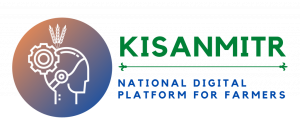
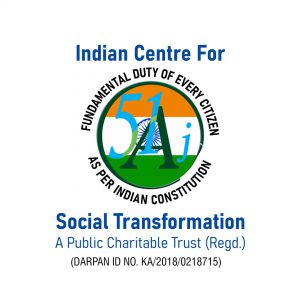

kisanmitr@indiancst.in
TOLL FREE
1800 258 2010
ONLINE HELP DESK
+91 97 429 79 111
